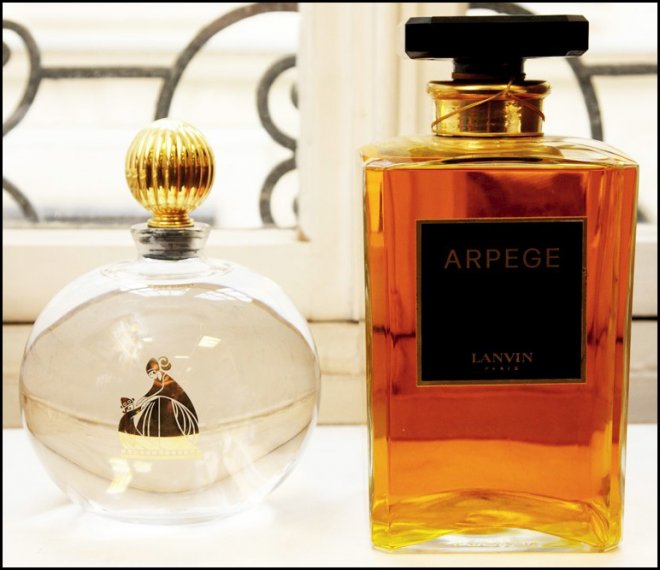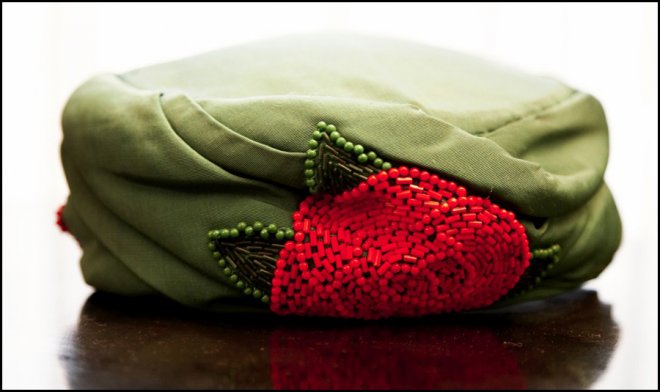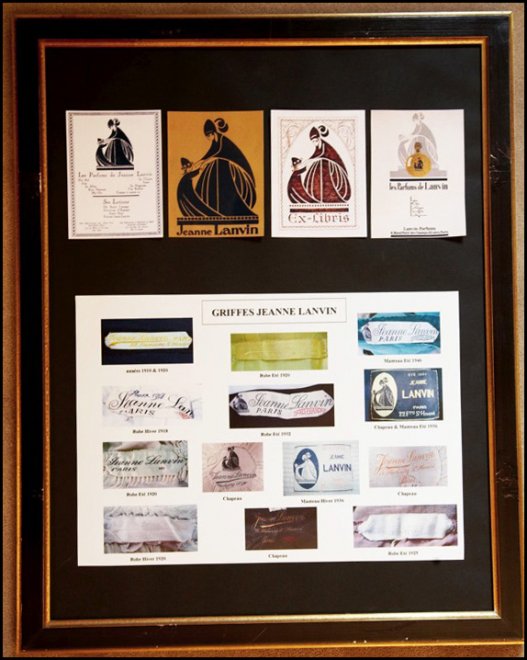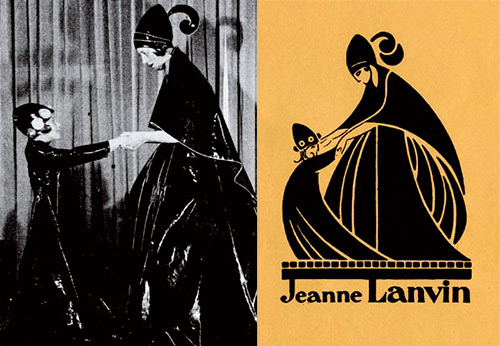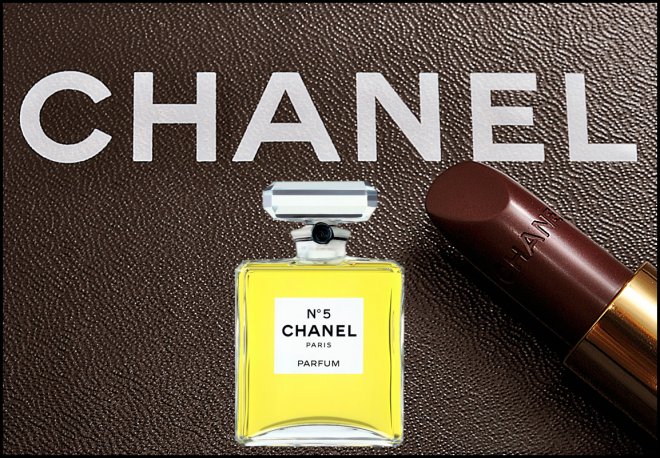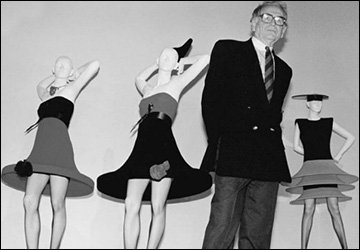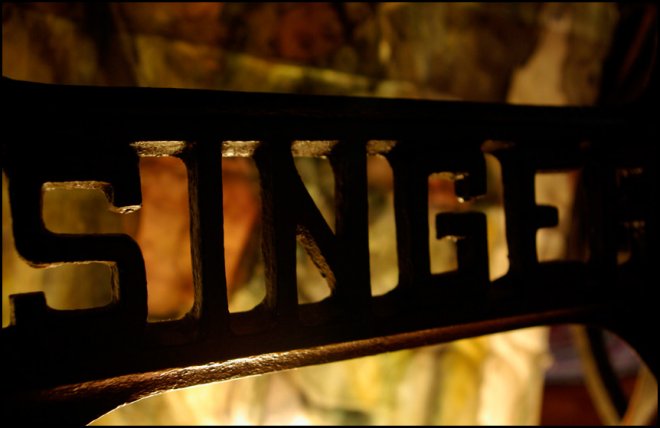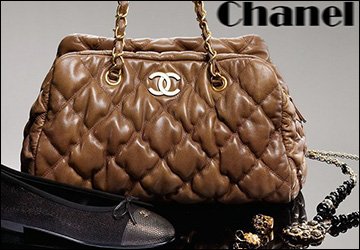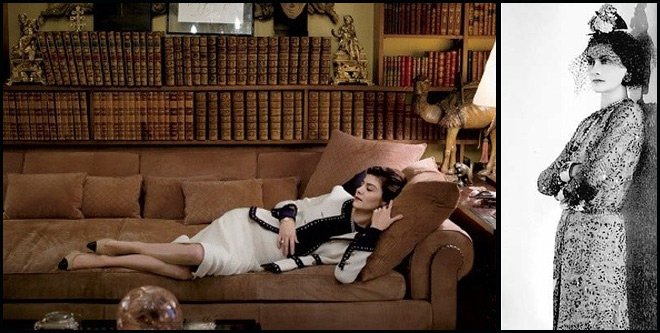Fashion history
Couturier Jeanne Lanvin
Jeanne Lanvin (1867-1946) - one of the most famous couturiers in Paris in the 20s of the last century. She is a contemporary of such great couturiers as Paul Poiret and Coco Chanel... Her things were very popular among artistic bohemians and prim members of the French Academy .... In the family, besides her, there were ten more children, she was the eldest. She had to work until late at night, forgetting about rest. At first Zhanna was a messenger, then a seamstress. From the age of 18 she already worked independently - making hats, and in 1885 she opened her atelier in Paris. Her collections are very popular even among the most noble and wealthy ladies.
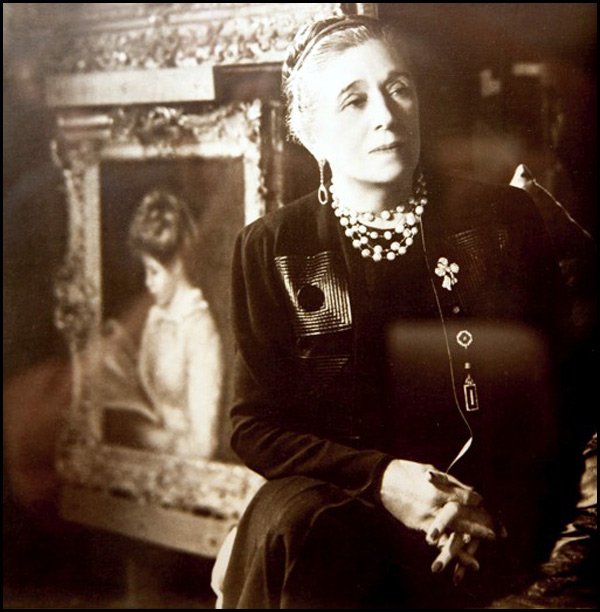
By the age of 30, she Zhanna begins to work as a milliner.
When we go through the old photographs of our grandmothers and great-grandmothers, which we have left in memory of them, we pay attention to their clothes. We see in her a special cut with a low waist, embroidery with small patterns, soft folds - all these models from soft flowing fabrics with ankle-length in the style of Jeanne Lanvin. It was they who then entered the history of fashion, they were called “stylish dresses”.
Jeanne Lanvin as well as Paul Poiret, she loved folklore and was fond of oriental motives. She truly loved her job and was devoted to it all her life. Jeanne sat alone for hours at her work. And this habit of being alone with her work made her a silent and uncommunicative woman. Zhanna had both rich experience and knowledge of the history of fashion, she was well versed in general fashion trends, had a unique sense of style. But she was somewhat conservative, her own handwriting changed little under the influence of external circumstances. Jeanne Lanvin has always preferred romance, femininity, delicacy. Her favorite colors are pale pink, lavender and blue. It is the latter that will be called the famous Lanvin color, which was loved by women of all ages.
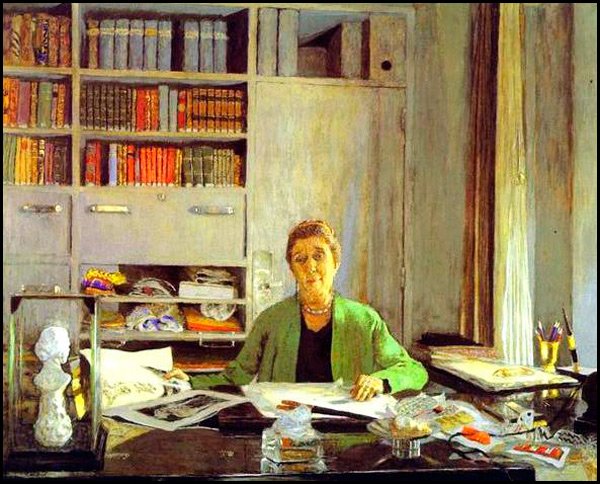
In 1890 she founded her own Fashion House. Then she opened stores in Cannes, Madrid, Deauville and even Buenos Aires. Jeanne Lanvin created outfits for women of different ages. She developed a youth style that was distinguished by simplicity of cut, fresh colors. Perhaps she would have remained just a famous milliner, but in 1895 Jeanne gets married, but after 8 years her marriage falls apart, and she is left alone with her baby, who was then 6 years old. Little Ririt, as Jeanne called her, became a source of inspiration. Jeanne creates delightful outfits for her girl, decorated with English embroidery, and there are more and more clients. Each lady wished to have the same outfits for her daughter that were on little Ririt.
This was followed by new developments - models of men's clothing. By 1926, the whole family could dress at Lanvin Couture. Her trademark Lanvin is the silhouette of a woman leading a little girl by the hand. This logo is still known today, the logo that immortalized Jeanne's love for her daughter.
In 1907, Jeanne married a journalist for the Temps newspaper, and travels with him a lot. These trips helped to expand knowledge, discover new fabrics, create images related to oriental culture... Embroidery is often found in her models, the fabrics are the most exquisite - taffeta, velvet, silk, satin, chiffon, moire and others. The outfits are decorated with beads, sequins, lace.
Jeanne Lanvin's luxurious cocktail outfits from these travels are full of elegance and sophistication.
Jeanne Lanvin continues to open more and more new lines: fur clothes, underwear, sportswear and, of course, perfume. Lanvin Parfums boutique was opened in 1924. And one of best flavors The Arpege fragrance is considered, which brought fame to the brand. This perfume was created with the participation of her daughter, the drawing on the bottle was created by the same Paul Irribe, who is known for creating the Lanvin logo.
In 1926, she became a Knight Commander of the Legion of Honor.
In 1946, the House of Lanvin was inherited by her daughter Marie Blanche de Polignac. The Lanvin house is still open, almost 100 years later. Jeanne Lanvin's style lives on!
The work of Jeanne Lanvin was so highly appreciated that in 1925 she was elected chairman of the Organizing Committee of the International Exhibition, where exhibitions of decorative art were presented. This exhibition later gave its name to one of the artistic styles of the 20th century. - Art Deco (Art Deco - Exposition Internationale des Arts Decoratifs). And then Jeanne Lanvin repeatedly headed the directorates of prestigious international exhibitions in 1931 - in Brussels, in 1937 - in Paris, in 1939 - in New York and San Francisco.
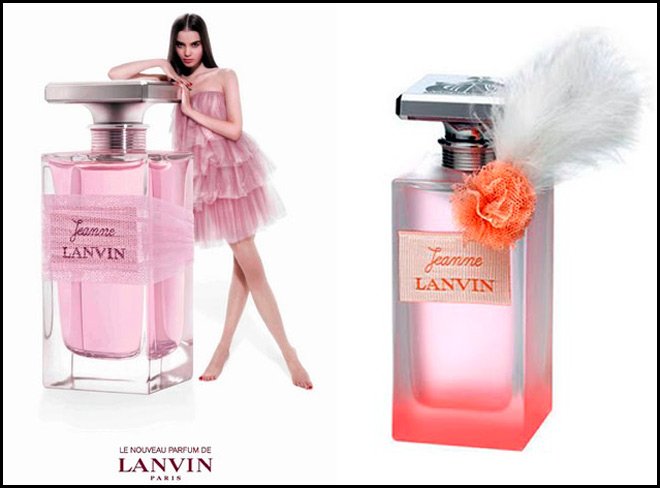
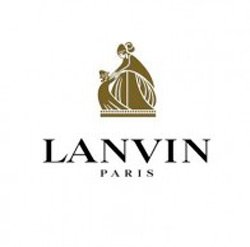
Jeanne Lanvin
Comments and Reviews
Add a comment
Rating news
Shades of clothing that make women look younger
What shades of hair make women younger: rules and photos
Funny wedding dresses - photos and ideas
12 most expensive down jackets for the winter
How to look 25 at 40: tips from supermodels
Beautiful schoolgirls
Anti-aging haircuts and hairstyles for women
Fashionable skirts for autumn and winter
Fashionable women's trousers for the cold season
Fashionable and stylish sandals for summer 2024
Spring-summer 2024
 Fashionable dresses and tops with thin spaghetti straps
Fashionable dresses and tops with thin spaghetti straps
 Bandana tops: how to wear stylishly and beautifully
Bandana tops: how to wear stylishly and beautifully
 How to put together the perfect men's wardrobe for the summer
How to put together the perfect men's wardrobe for the summer
 Fashionable shorts for spring-summer 2024
Fashionable shorts for spring-summer 2024
 Fashionable skirts for spring-summer 2024: a guide to online shopping
Fashionable skirts for spring-summer 2024: a guide to online shopping
 The most fashionable dresses spring-summer 2024: styles and colors
The most fashionable dresses spring-summer 2024: styles and colors
 Fashionable total look 2024: ideas of images and trends
Fashionable total look 2024: ideas of images and trends
